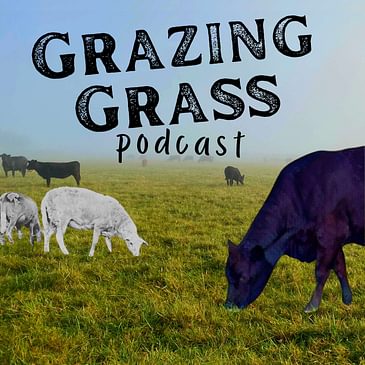In this episode of the Grazing Grass Podcast, we delve into the rich tapestry of livestock coat color genetics. From the sleek black of Angus cattle to the lush red of Red Polls, we uncover the chromosomal dance that dictates the stunning variety of hues in our farm animals. Whether you're a livestock enthusiast or a seasoned breeder, this episode promises to deepen your appreciation for the science behind animal pigmentation. We discuss the genetic interplay of pigments, the extension and agouti loci, and the role of DNA testing in breeding for desired traits. Join us as we explore the fascinating world of color genetics and how it shapes the beauty and identity of livestock breeds. Share this journey with us to better understand the living canvas of genetics that contributes to the agricultural landscape.
Visit our Sponsors:
Noble Research Institute
Kencove Farm Fence





